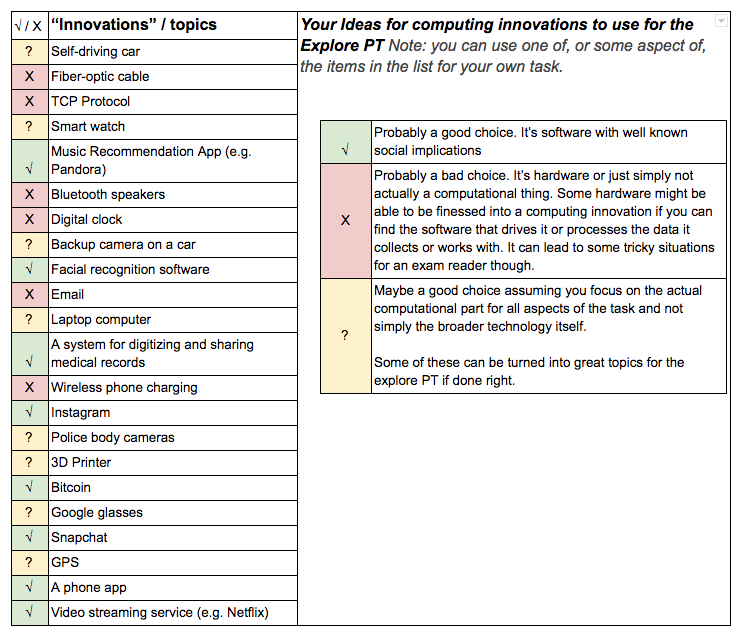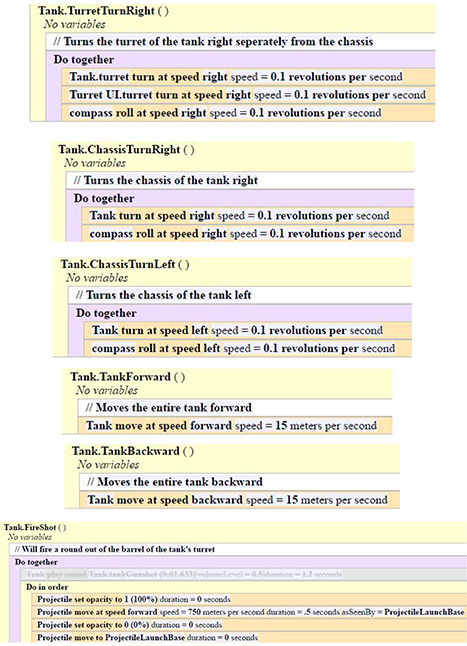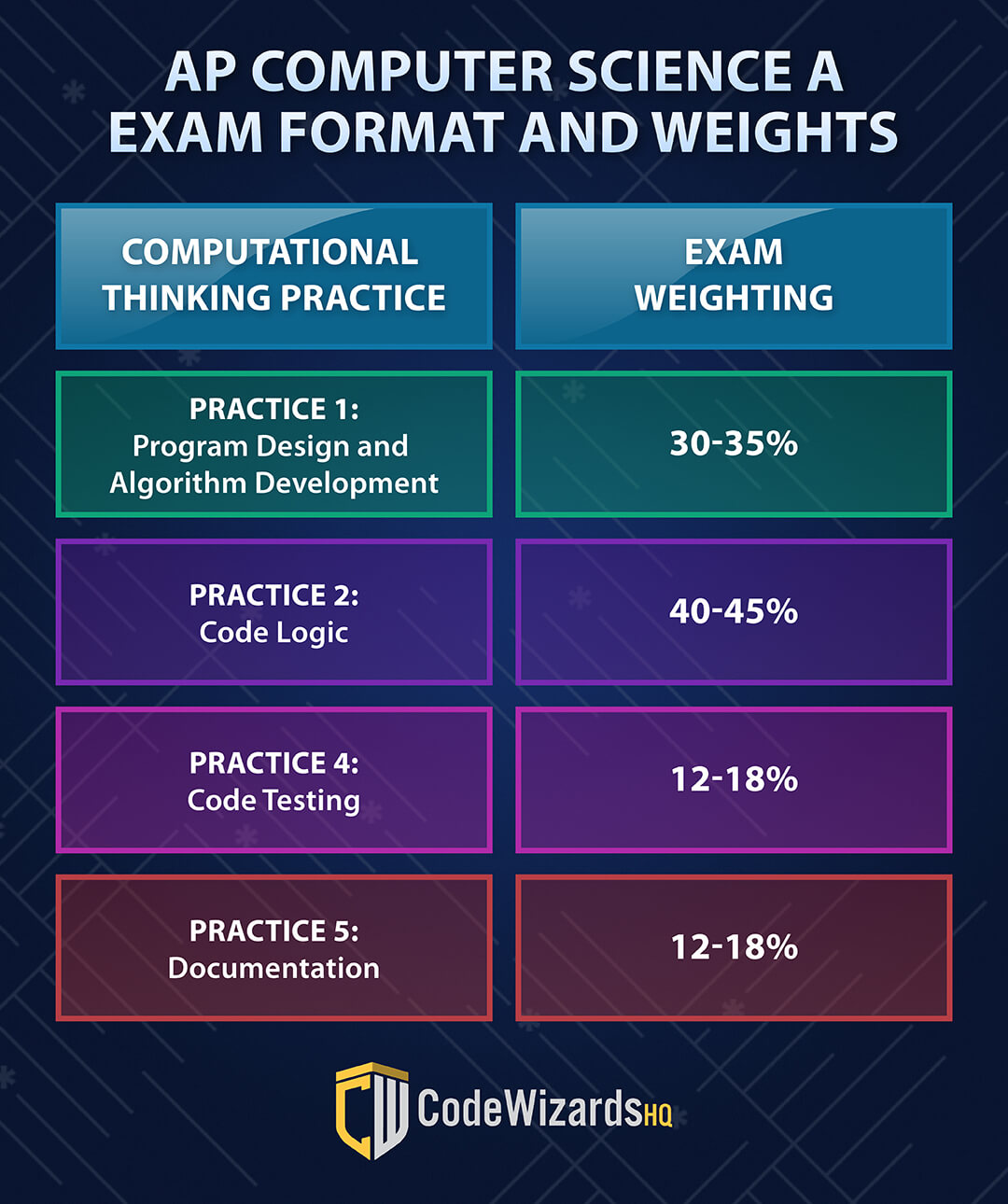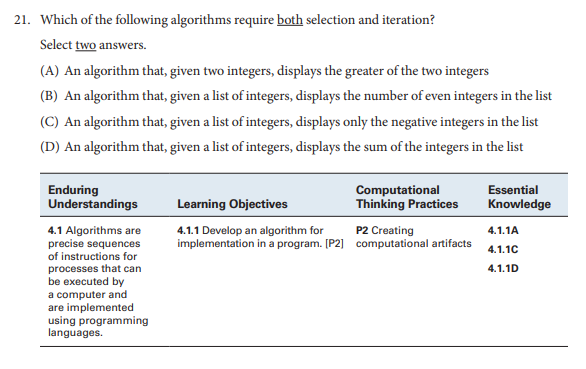Ap Comp Sci Principles Create Task Rubric

Alright, buckle up, buttercups! We're diving into the mystical, sometimes slightly terrifying, but ultimately conquerable world of the AP Comp Sci Principles Create Task Rubric. Think of it as your treasure map to coding glory!
The Big Picture: Cracking the Code (to a Good Grade!)
Essentially, the rubric is just a fancy way of saying: "Show us what you've got!" It's a set of guidelines that the AP graders use to see how well you designed, wrote, and explained your amazing program.
Understanding the Rubric Sections
Think of the rubric like a pizza. You need slices like Program Purpose and Function, Data Abstraction, Managing Complexity, and Procedural Abstraction to have a complete and satisfying experience. (Pizza. Code. Same thing, right?)
Program Purpose and Function
This is the "What does it DO?" part. If your program is supposed to calculate the optimal number of sprinkles on a cupcake, make sure it actually does that! Don’t let it become a random cat fact generator when the world is craving sprinkle optimization.
Data Abstraction
Data abstraction is all about how you organize your info! Imagine you’re organizing your sock drawer. Is it a chaotic mountain of mismatched socks? Or a beautifully categorized rainbow of cottony goodness? Choose the rainbow. Use Lists!
Managing Complexity
This section asks: “Did you use code that really helped make things easier?". Did you break down the problem into bite-sized chunks? Or did you try to shove the entire pizza down your throat at once? Small bites are the key!
Procedural Abstraction
Basically, did you create your own functions? Think of these like your own personal coding superpowers. They let you do awesome things with only a few lines of code. If you are reusing code, this is where it shows!
Rubric Reality Check: Tips and Tricks
Okay, deep breaths. Let's talk about how to actually use this thing to your advantage. These are the tips everyone wishes they knew before!
Read the Rubric Carefully! This sounds obvious, but seriously, read it. Highlight keywords. Annotate it. Become one with the rubric. The more familiar you are with each and every word, the better.
Plan, Plan, and Plan Some More! Don't just dive into coding blindly. Map out your program’s purpose, data structures, and procedures. The more you plan before writing code, the easier the coding will be! And the better you will satisfy the rubric!
Document EVERYTHING! The rubric is all about how you explain your code. Don’t leave your grader guessing. Your comments are your opportunity to show off your understanding. Do you know how important they are? So important!
Test, Test, and Test Again! Nothing is more disheartening than submitting a program that crashes and burns during the AP reading. Put your program through its paces. Throw some curveballs at it. And fix the bugs!
Final Thoughts: You Got This!
The Create Task Rubric might seem scary at first, but it's really just a guide. Think of it as a friendly nudge in the right direction. A gentle pat on the back that says: “Hey, you can do this!”.
You've got the skills, the knowledge, and the power to create something amazing. Now go forth and code!
Remember, even if your program doesn't perfectly optimize cupcake sprinkles, you'll still learn a ton and have a blast. Good luck!


















